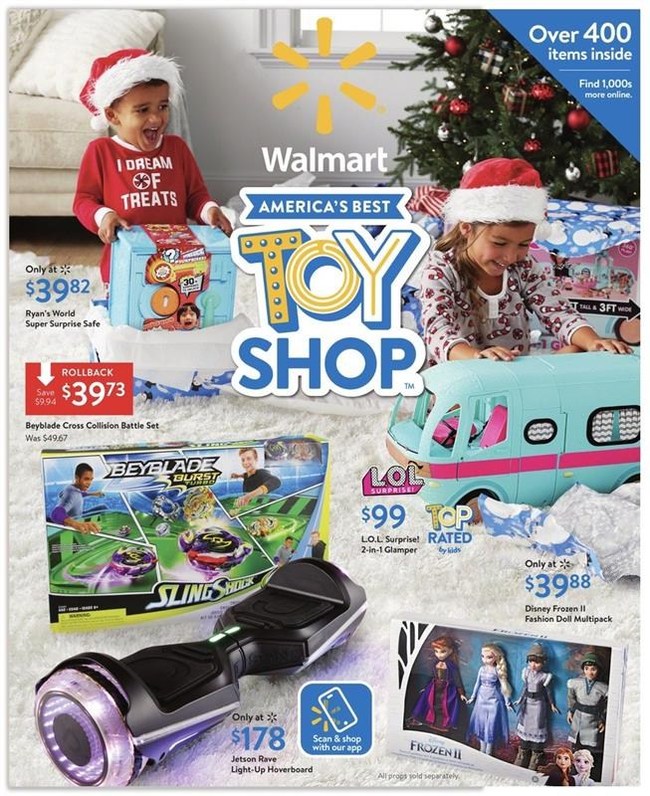 They’re back – the print catalogs from old beloved and new favorite retailers. While they aren’t the gigantic wishbooks of years past, they are a critical component in the modern customer journey.
They’re back – the print catalogs from old beloved and new favorite retailers. While they aren’t the gigantic wishbooks of years past, they are a critical component in the modern customer journey.
“Those old-fashioned methods of selling might have more life in the eCommerce age than many assume – thanks in large part, according to experts, to younger consumers’ desire for non-digital shopping experiences and the need for retailers to stand out from the pack,” notes this post in Pymts.com. “Whatever the reasons, catalogs have seen renewed life in this digital age, and will probably be a source of some innovation going forward into the new decade.”
The article is right – catalogs work for some very specific reasons. We learned a few years back that if you really want to reach and engage with millennials, you need to be in print and not focus so exclusively on digital. Print is more likely to be remembered than digital ads (and especially more than video ads).
In the modern marketing catalog, brands can make an emotional bond with their readers, tell their story in a way that stands out above the noise, and make readers feel they are a part of the story in some real way. And this kind of connection is priceless.
This is why retailers are rethinking life without catalogs, with the understanding of the facts of catalogs today:
- 84% of consumers have purchased an item after seeing it in a catalog
- 71% of consumers responded that catalogs have an influence on their purchase decisions
- 66% responded that a catalog has influenced them to go online to a store’s website to purchase an item
- 84% of consumers enjoyed getting catalogs from retailers they previously shopped
- 70% enjoyed getting a catalog from a company they were familiar with but never purchased from.
The key factor in successful catalogs today is understanding they are clearly not those old giant listings of products. Often times they don’t even have prices but instead encouraging scanning to learn more online.
“Walmart, for example, has embedded its holiday catalog this year with ‘Scan & Shop’ technology by Digimarc, which will allow customers to easily buy what they like via the Walmart app as soon as they see it on the page,” the article notes.
“So, where are retail catalogs headed?” the article asks. “More customization and personalization, according to experts – reflecting larger retail and technology trends, and shifts in consumer desires and expectations. As well, top-level and even curated content is becoming more important to retailers in attracting and retaining customers, and the general catalog format can certainly help with that.”
It makes perfect sense. The way we shop has flipped on its head. Just yesterday we were at the mall, checking out some sale items we saw in a direct mail flyer earlier that week; the people I was with tried things on for size, then quickly scanned their smartphone for a coupon and realized they could get an extra discount by ordering from the store’s website. We went for coffee, then home to order the boots (and a few other things) on the iPad, taking advantage of the free shipping promo.
Did the direct mail mini-catalog prompt us to do that? Absolutely. Will catalogs and direct mail continue to inspire customers to buy? No question about it.
The challenge becomes understanding how to track the data for those useful insights… did you send a catalog to someone and then they scanned the item and ultimately purchased it? Did you send a direct mail to a household that made a purchase in person or online within a short time period? Because we constantly interact in a multi-channel environment, there is no one channel driving anything any more. And campaigns that include a print element consistently outperform digital-only.
It’s a brave new world for retailers, and print remains a consistently powerful part of their success.

February 5, 2020, 8:45 am
November 19, 2020, 8:06 am